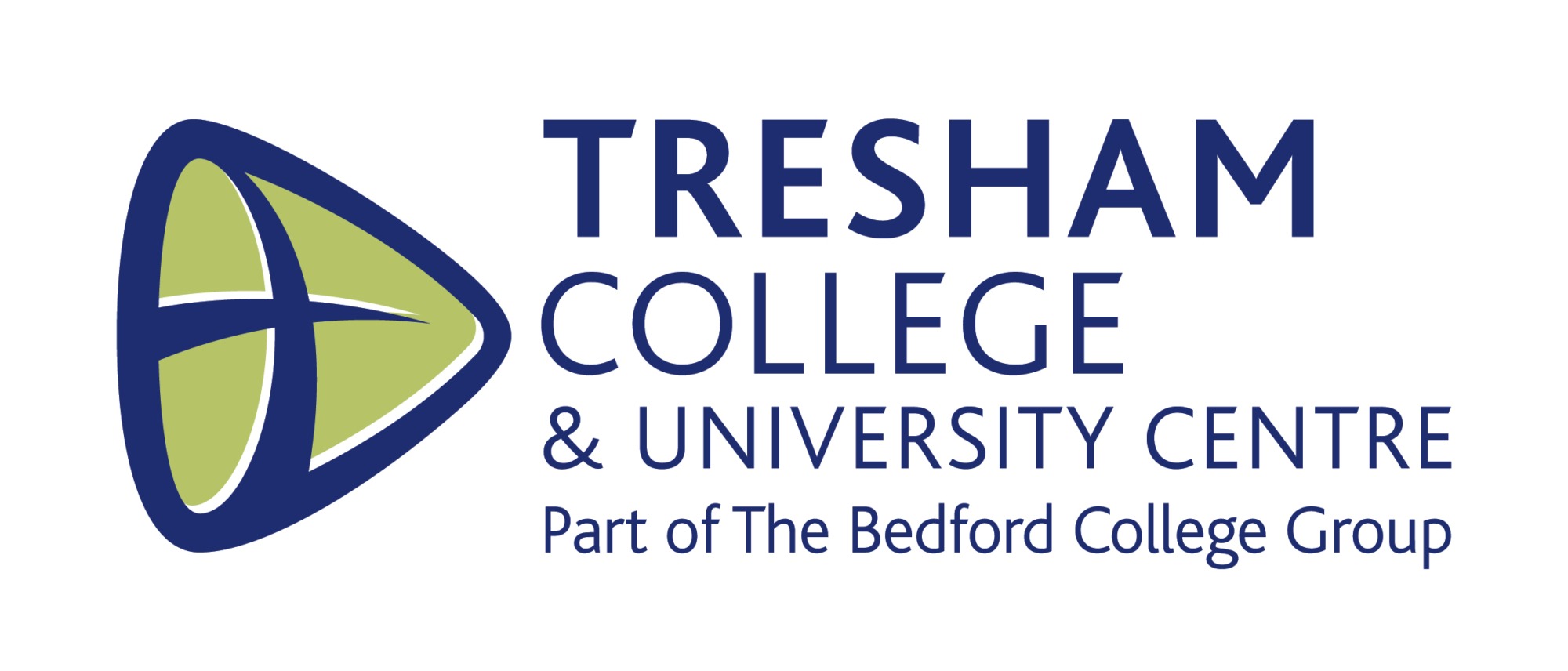

LIFETIME ALLOWANCE PLANNING
Blogs
Lifetime Allowance planning is vital if you wish to avoid prohibitively high tax charges on your pension once its value exceeds £1,073,100 unless a higher value election has already been made and it becomes subject to what’s known as a benefit crystallisation event (BCE). There are no less than 13 BCEs so you could easily become subject to one inadvertently.
The reason why this is so important is because the Income Tax charge on a crystallised pension which exceeds the limit is a whopping 55% on the excess above the lifetime allowance if taken as a lump sum and 25% of the excess funds if those funds are used for an income purpose such as buying an annuity or placing the funds in drawdown (any annuity income or income withdrawals from drawdown are then taxed at between 0%-45% depending on your total annual income).
It is untrue that the Lifetime Allowance (LTA) 25% tax rate is lower than 55% because the extra 25% Income Tax on the pension income together with the Income Tax already being charged on it averages out at approximately 55% altogether. Rates of tax like this are truly swingeing.
Here are some strategies for reducing or eliminating the lifetime allowance tax charge.
- Maximise tax-free cash withdrawals before a BCE applies.
This way you do not suffer the 55% tax rate on the otherwise tax-free lump sum.
- Phasing withdrawals over several tax years.
By phasing your taxable withdrawals over several tax years you may benefit from using your personal tax allowance and/or lower tax rate bands meaning your tax payable is reduced.
- Withdrawing drawdown fund growth from your pension before age 75.
This is achieved by ensuring that your drawdown fund is no higher than it was when it was invested. However, this is a complex exercise so professional advice is necessary.
- Electing for fixed protection 2016 or individual protection 2016.
There is a surprisingly large number of people who are entitled to claim either fixed protection 2016 or individual protection 2016 or both but have so far failed to do so. Such an election potentially gives you an increased lifetime allowance of £1,250,000 which is an extra tax-free allowance of £176,900 which equates to a potential Tax saving of £97,295. This is a not insignificant amount of tax to save. The election can be made online with HMRC and should only take you a few minutes to complete.
- Stop paying into your pension unless you are receiving employer contributions.
If you are employed and receiving employer contributions into your pension scheme then the extra benefits from your employer contributions will potentially exceed the extra tax you will pay in the future on a benefit crystallisation event (BCE). If you do not benefit from employer contributions then do not pay any more money into your pension. Consider a tax-efficient alternative such as an ISA.
- Swap employer pension contributions for a low taxable benefit-in-kind perk such as a salary sacrifice electric company car.
The benefit-in-kind tax charge for a 100% electric car is just 1% of its value when new for the current tax year (2022/23) and will be just 2% next tax year (2023/24).

- If your pension is invested in property consider transferring the property into an EPUT which is owned by a QNUPS.
Read my blog on EPUTS for an explanation.
- Emigrate and transfer your pension overseas to a more favourable tax jurisdiction whilst your pension is below your Lifetime Allowance otherwise it will be a BCE.
If you genuinely want to emigrate and work abroad then consider transferring your pensions to a pension scheme in your new home country but make sure it is one with better tax treatment of pensions, especially one where there is no Lifetime Allowance (LTA) tax charge.
- Divorce and transfer 50% of your pension to your ex-spouse then re-marry your divorced spouse.
This is of course only something to consider if you are totally indifferent to being married or not and you are fully confident that your ex-spouse will re-marry you! He or she may not! There are all manner of ramifications here so it is not one for the faint-hearted and certainly not one for devoutly religious, moral or romantic types. Nonetheless, it could appeal to a more rebellious type of couple. This would be particularly apt for a married couple where for example a spouse has a large pension of, say, £1 million or more and their spouse has a very small pension of, say, £50,000 or less. A further consideration could be that HMRC would see this as deliberate tax avoidance and could potentially challenge it. Again worth seeking professional advice from an expert.

I am sure there are further ways to potentially reduce the impact of the Lifetime Allowance but these nine tips cover most of them. If you have a sizeable pension/s then do seriously consider taking advice on Lifetime Allowance planning. You know it makes sense.*
*Risk warnings
The Financial Conduct Authority does not regulate tax planning. The value of investments can fall as well as rise. You may not get back what you invest. The information contained within this article is for guidance only and does not constitute advice which should be sought before taking any action or inaction. All information is based on our current understanding of taxation, legislation, regulations and case law in the current tax year. Any levels and bases of relief from taxation are subject to change. Tax treatment is based on individual circumstances and may be subject to change in the future. This blog is based on my own observations and opinions.
Chartered and Certified Financial Planner
Managing Director of Wealth and Tax Management
If you are looking for expert guidance in Financial Planning contact Wealth and Tax Management on 01908 523740 or email wealth@wealthandtax.co.uk


















